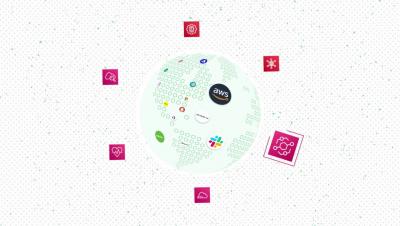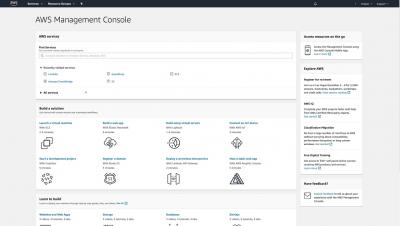Operations | Monitoring | ITSM | DevOps | Cloud
May 2020
PagerDuty AWS Security Hub How-To Video
Spring 2020 Launch: New Capabilities for a New Digital Era
The ongoing pandemic and resulting economic downturn have led to dramatically changing market conditions. As a consequence, technology teams have become increasingly concerned with the need to minimize their financial risk and reduce costs to mitigate the effects of abruptly pivoting to a fully remote working environment. For some, there has been a struggle to maintain business continuity—i.e., keeping the physical components of the business running when everyone is working from home.
Driving Real-Time ChatOps With PagerDuty and Microsoft Teams
With over 75 million daily active users, it’s safe to say Microsoft Teams is essential to many global businesses. On top of that, Microsoft CEO Satya Nadella recently shared that Microsoft saw 200 million meeting participants in a single day this month. While Microsoft Teams’ explosive growth can be tied to recent spikes in remote work, many enterprises have relied on Teams to connect people across the globe for quite some time.
We've Upgraded Our Online Community-Come Check It Out!
Long before “coronavirus” and “social distancing” were part of our vocabulary, PagerDuty set out to rebuild our online community to better serve our members and provide the support necessary to weather tough times like these.
Parsley Health: Bringing Telemedicine to the Front Lines
As a child with a cancer survivor and heart disease patient for parents, I developed a psychological discomfort for visiting hospitals and the doctor’s office in my adult years. For me, the feeling of restlessness while sitting in a waiting room coupled with fear of the medically unknown can create the perfect breeding grounds for stress and anxiety—and apparently, I’m not alone.
PagerDuty and IBM Watson AIOps Team Up to Automate Real-Time Responses
“The way we work has changed forever.” Those are words that our CEO Jennifer Tejada used in her interview with Yahoo Finance a couple of weeks ago. Those words made me stop and think about how much of our customers’ daily work has changed irreversibly. Working from home has changed from a luxury to a necessity, so how do folks in the IT world adapt to this change?





